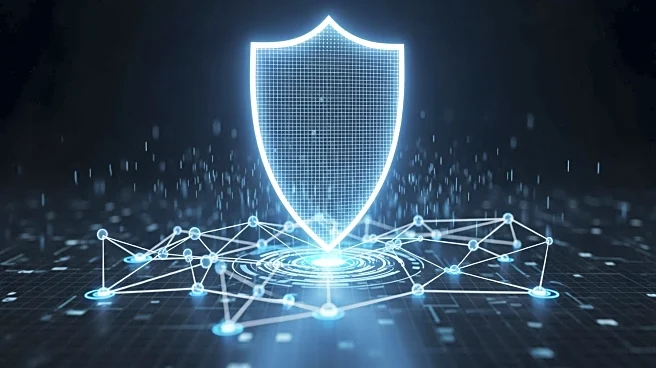What's Happening?
The cybersecurity landscape is shifting from reactive to proactive measures in response to increasing nation-state espionage threats. Recent attacks by groups like Salt Typhoon, linked to China, have exploited vulnerabilities in network perimeters, particularly
targeting outdated and unpatched devices. These attacks highlight the need for organizations to adopt a proactive security posture, focusing on rigorous asset management and lifecycle planning to mitigate risks associated with forgotten or end-of-life devices.
Why It's Important?
The shift towards proactive cyber defense is crucial as adversaries become more sophisticated, exploiting neglected network vulnerabilities. This approach not only protects individual organizations but also strengthens national security by reducing the overall attack surface. By addressing technical debt and enhancing cyber resilience, organizations can better defend against advanced persistent threats, ensuring the integrity of critical infrastructure and sensitive data.
What's Next?
Organizations are encouraged to implement comprehensive cybersecurity strategies, including regular audits of network devices and proactive threat hunting. Collaboration between public and private sectors will be essential to develop effective defenses against nation-state actors. Additionally, investment in cybersecurity training and AI-driven capabilities will be necessary to stay ahead of evolving threats.
















